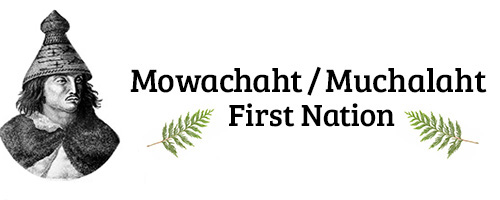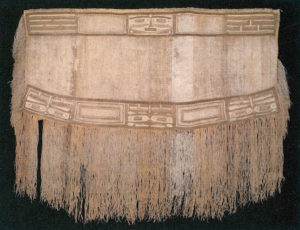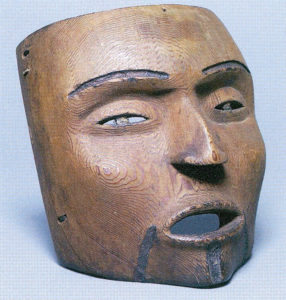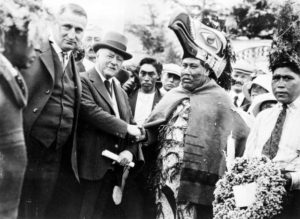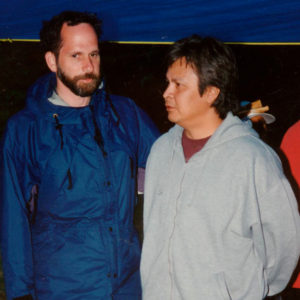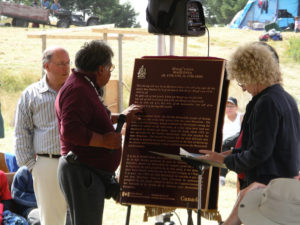After James Cook in 1778, the expeditions of Alejandro Malaspina and George Vancouver visited Yuquot in 1791 and 1792, resulting in a wealth of scientific observations and information about Nootka Sound and Mowachaht people.
Artists also contributed portraits and scenes of life at Yuquot. Spanish scientist José Mariano Mozino wrote a lengthy report called Noticias de Nutka. Other explorer and trader journals discussed mamatni interactions with our people, presenting interpretations of Mowachaht traditions and way of life. For two years, blacksmith John Jewitt, captured from an American trading ship, lived as a slave with ta’yii ha’wilth Maquinna and his family, and later published a long memoir of his experiences.
When the sea otters became depleted in the late 1700s, the visits of mamatni diminished dramatically. But the wider world was now aware of Yuquot, and visitors have continued to come over the last two centuries. Mowachaht and Muchalaht people have been the subject of hundreds of books and articles. Artifacts collected and drawings made from Yuquot are prized possessions in museums and archives from Madrid and London, to Berlin, Edinburgh, Dublin, Vienna, New York, Chicago, Paris, Sydney, Cape Town, Victoria, Vancouver and Ottawa. They are our ambassadors to the world.
“Nootka Sound” was commemorated as a National Historic Site in 1923. The focus, however, was the mamatni Contact period. In 1997, due to the efforts of ta’yii ha’wilth Ambrose Maquinna and his fellow ha’wiih, this designation was changed to recognize “Yuquot” as primarily a place of history for Mowachaht and Muchalaht people. Chief Maquinna of the late 1700s was recognized as a National Historic Person in 1987.
- A late 1700s cloak from Yuquot now at a museum in Vienna.
- A late 1700s mask from Yuquot now in a museum in Vienna.
- Chief Napoleon Maquinna with Lieutenant General Nichol of British Columbia in 1924 after Yuquot was first commemorated as a National Historic Site of Canada.
- Chief Michael Maquinna (right) meeting a descendant of John Jewitt in 2006.
- Chief Jerry Jack explaining history at the unveiling of a plaque for Chief Maquinna as a National Historic Person, at Yuquot Summerfest 2005.
